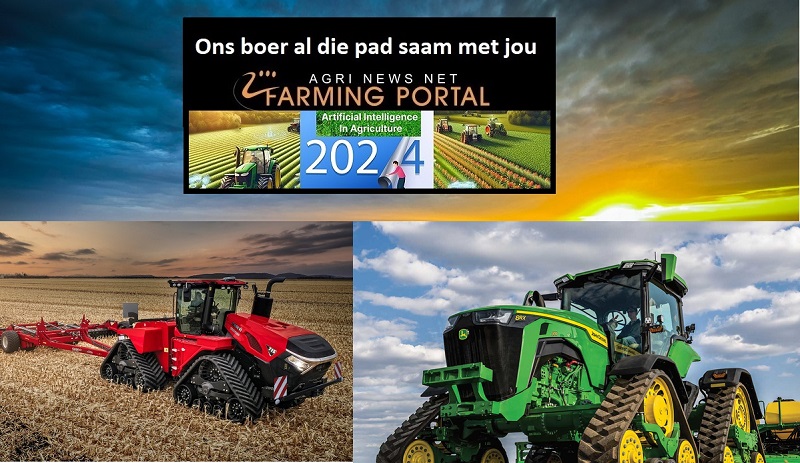. About the possibilities it opens up for social development, but also about the dangers that can arise from its misuse. Macchine Trattori also talked about it, warning against confusing traditional algorithms with real artificial intelligence software.
The future is manufacturing optimization
The dividing line between the two worlds is in fact thin, inherent in the so-called "self-learning", the ability of AI software to modify their operational responses based on the experiences that gradually mature as they perform their functions. Without self-learning there is no artificial intelligence, a technology that is commonly believed to completely revolutionize social habits and customs in the space of a few years, starting a process of work optimization at manufacturing level that will allow companies both to operate in terms of maximum efficiency and to cope with the demographic decline that is affecting the most industrialized countries.
Robotics in agriculture, a help for production costs
Two prospects that will obviously also involve agricultural and livestock companies. Thanks to AI, they will be able to minimize production costs in favor of their respective profitability, while keeping in mind that artificial intelligence will not be able to increase production where it is already optimized in terms of Agriculture 4.0 . Land is land, and even using the most advanced production solutions it cannot yield much more. If today, for example, from a hectare of land you can obtain up to 50 quintals of durum wheat, thanks to AI those quintals will remain the same or will grow by a few percentage points.
 Robot identifies plants by 'touching' their leaves
Robot identifies plants by 'touching' their leaves
Robotics in agriculture will lead to corporate reorganizations
This possibility is unlikely to materialize at the level of specialized production deriving from tall trees. As mentioned, however, the need for manpower will decrease as machines and equipment will operate autonomously, a process that must be supported by profound company reorganizations. The impact of AI on production discourses would be different if the most advanced technologies were also embraced by developing countries, a process that has already begun, but which is advancing very slowly and in a patchy manner, due to the socio-cultural backwardness that characterizes farmers in poor countries and sometimes even those located in underdeveloped areas of rich countries.
AI Won't Be Enough to Fill Food Shortages
Therefore, to hypothesize that AI can meet the food demands that will be advanced by those ten billion people destined to populate the Earth in 2050 is completely utopian , unless the diffusion of AI is faster than population growth. Even in this case, however, AI will not be able to work miracles, having to deal with an urbanization that will negatively impact cultivable surfaces. Therefore, the mentalities of those who oppose, in the name of the infamous "precautionary principle" , the spread of genetically modified crops, which are indeed harbingers of superior yields, and the so-called "cultured meats", products that could reconcile future food demands with environmental protection, are obtuse. But time is a gentleman and surely after having highlighted the impossibility of banning the atom, glyphosate and internal combustion engines, just to give a few examples, it is certain that soon the need to accept GMOs and cultured meats as sources of healthy and abundant food will also be highlighted.















